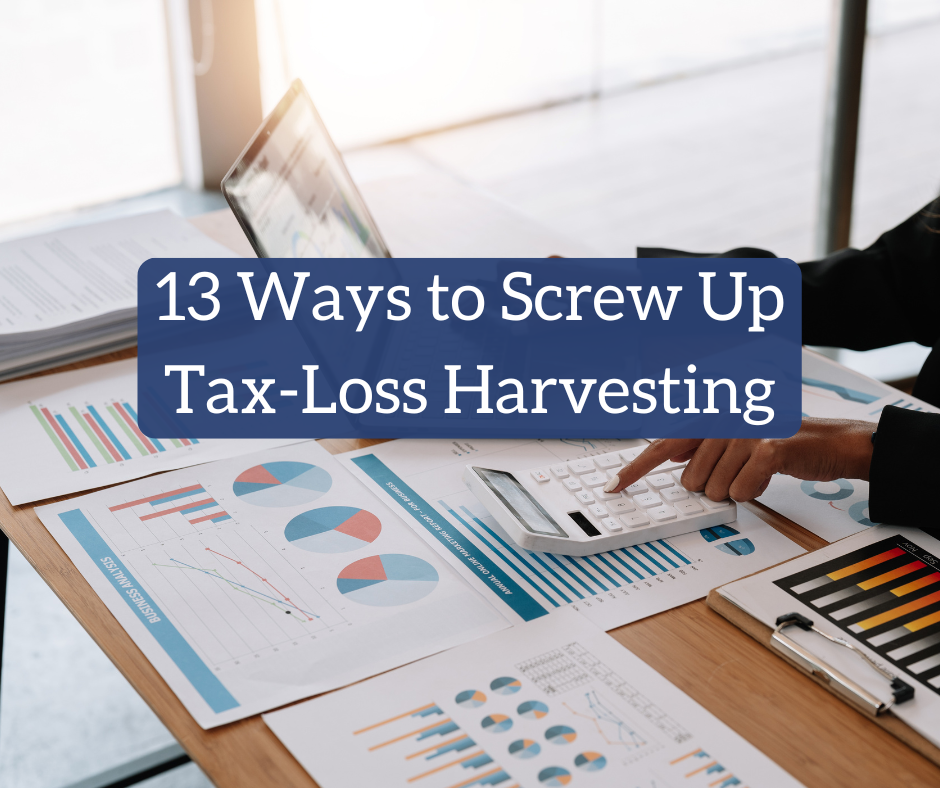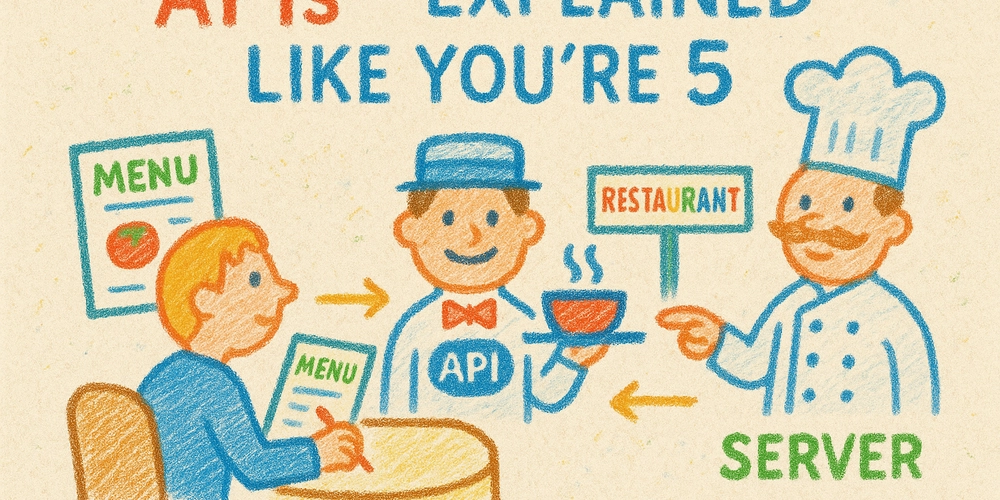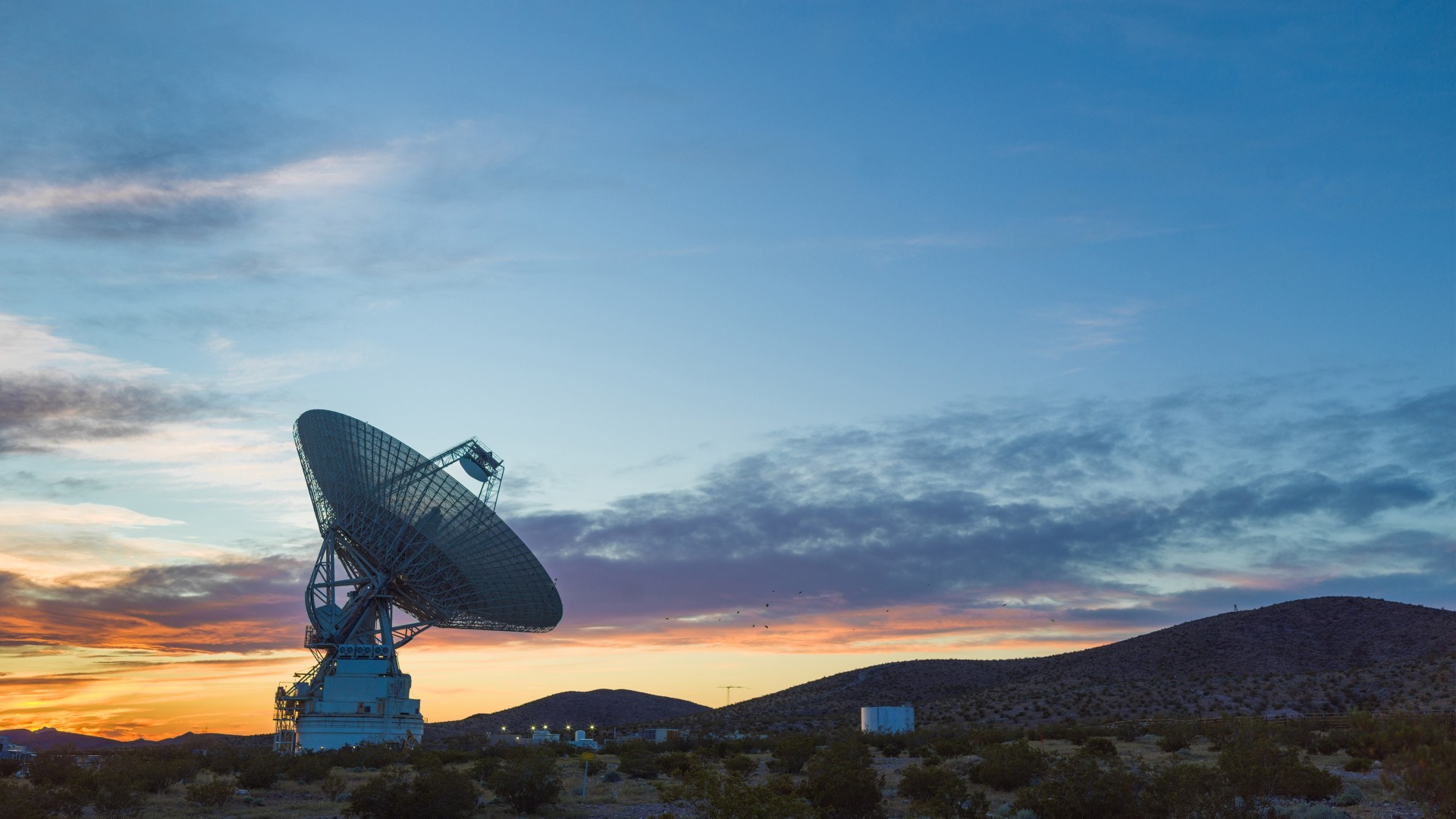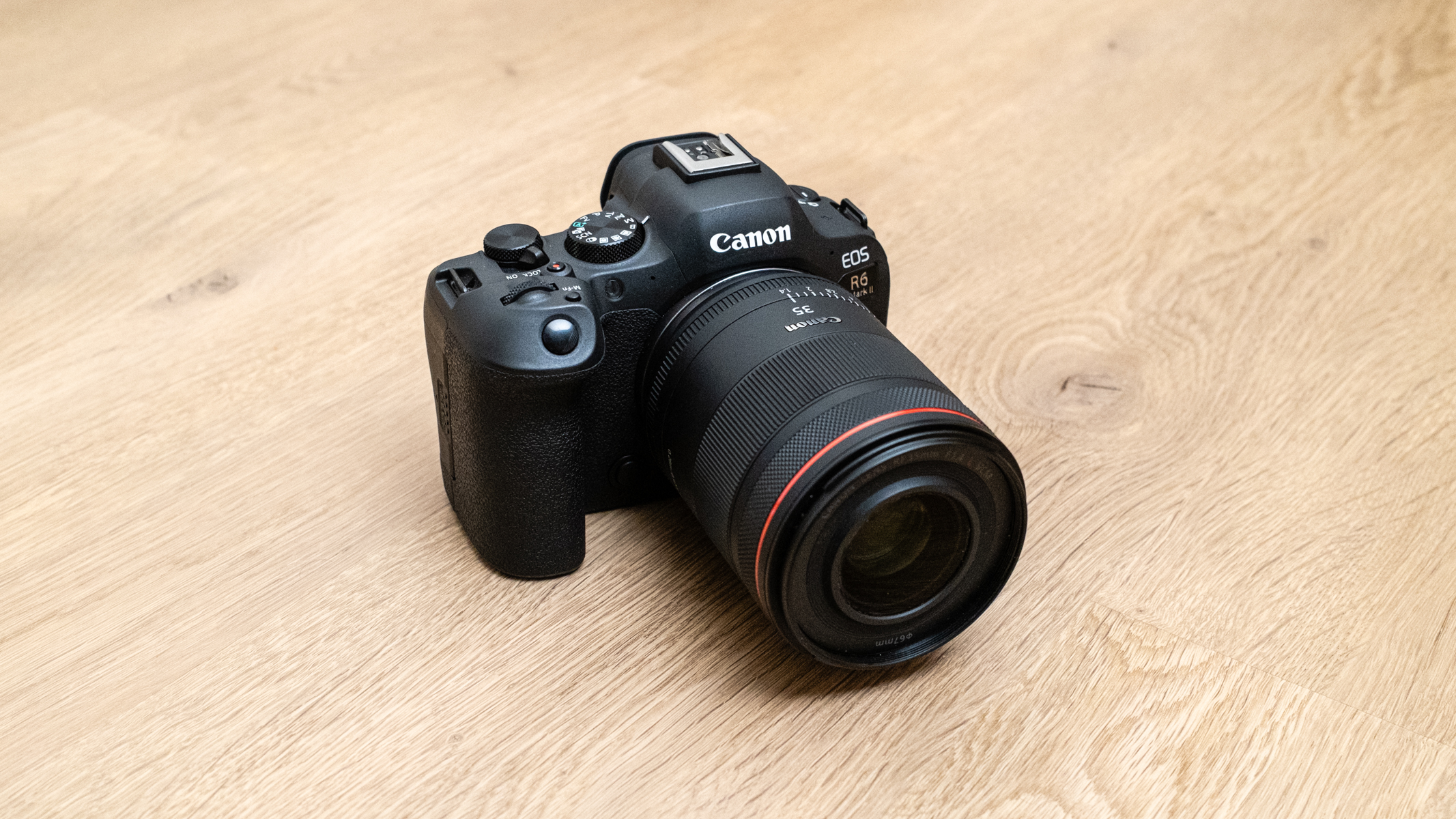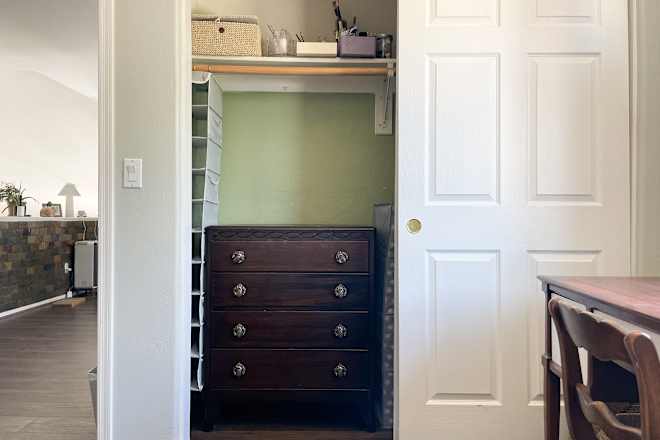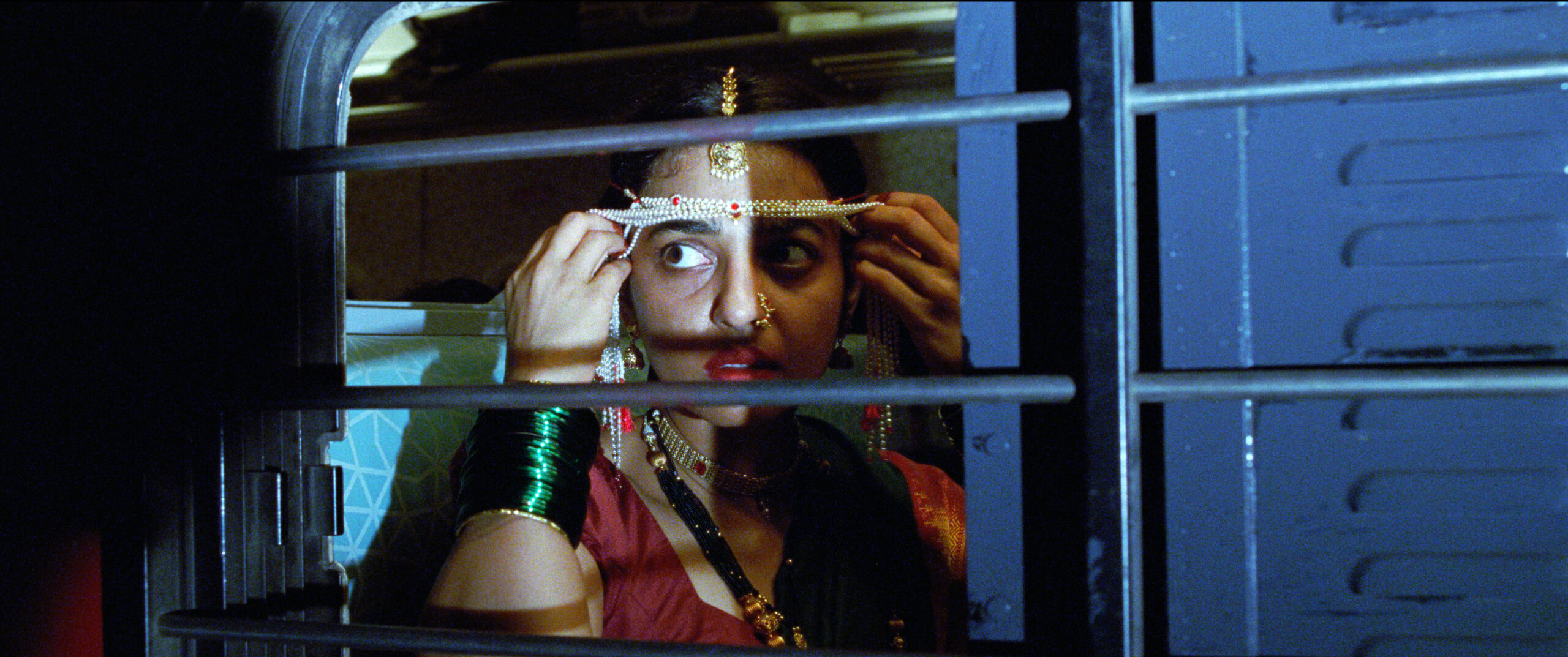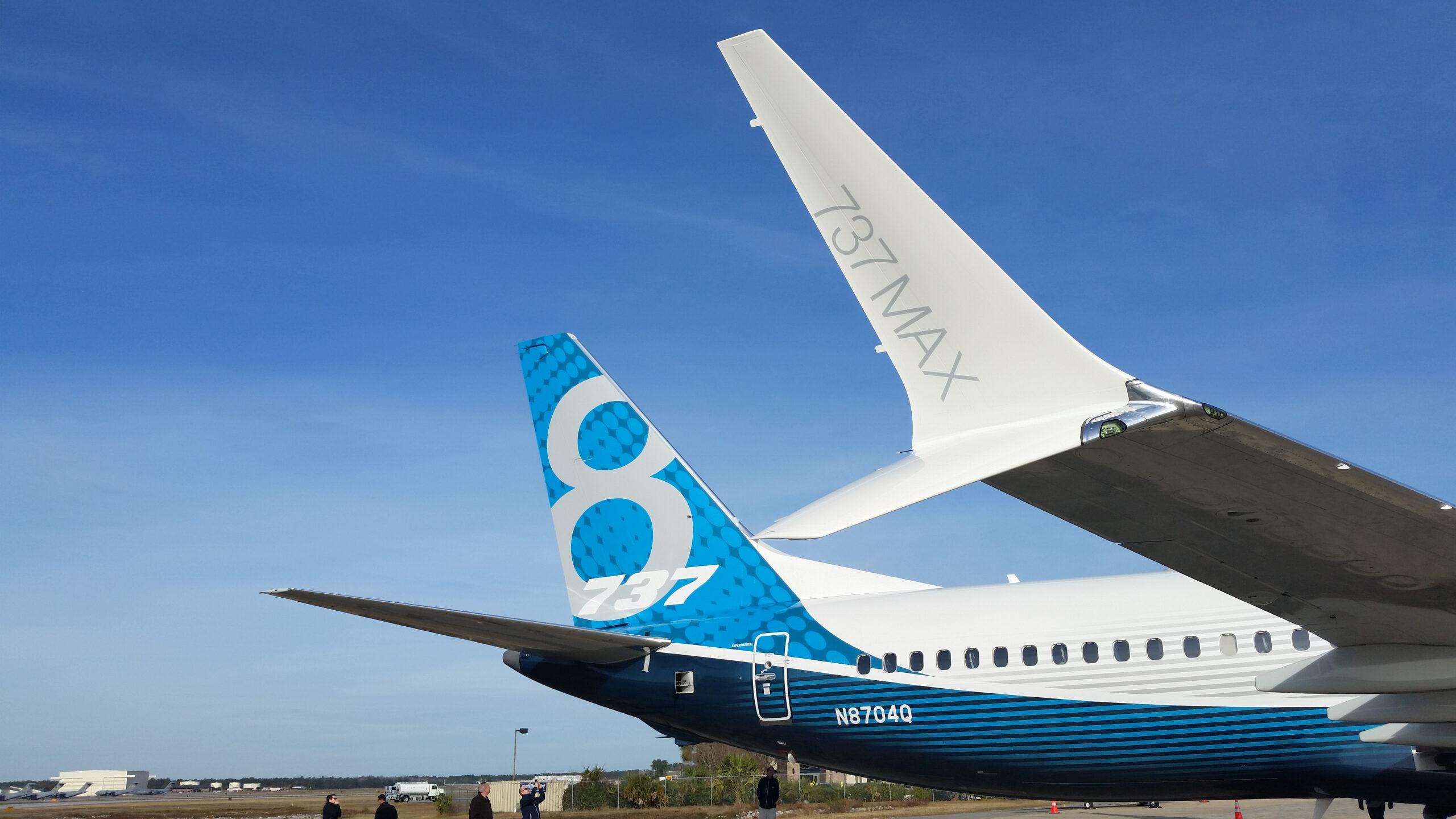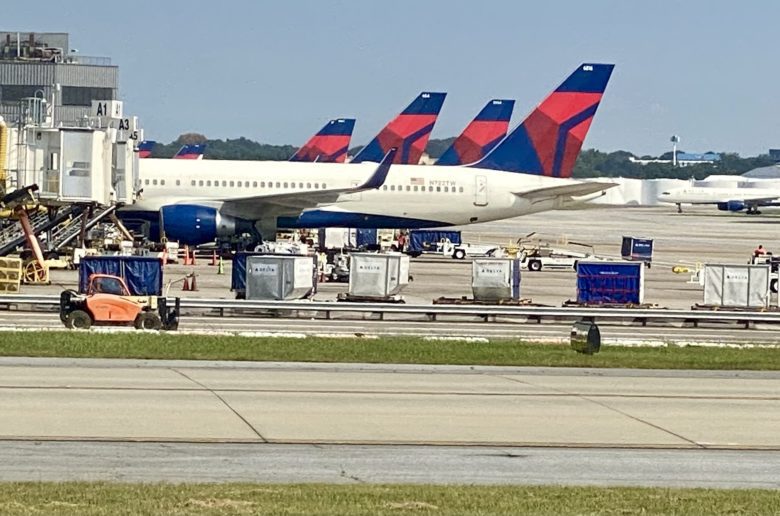Planning a Trip? Know the Real Makkah to Madinah Taxi Fare Before You Book
Planning a trip? Know the real Makkah to Madinah Taxi Fare before booking. Discover how travel timing and fare rates by time affect pricing.

Why Knowing the Real Makkah to Madinah Taxi Fare Matters in 2025
Whether you're a pilgrim preparing for Umrah, a tourist, or a frequent traveler in Saudi Arabia, understanding the real Makkah to Madinah taxi fare is essential for smart budgeting and stress-free planning. While taxi travel remains one of the most convenient options for intercity trips in the Kingdom, prices can vary greatly depending on factors such as time-dependent pricing, daytime travel, and seasonal demand.
This guide explores current taxi fare rates, influencing factors, and essential tips to help you make informed decisions before booking your ride.
Understanding Taxi Travel Between Makkah and Madinah
The distance between Makkah and Madinah is approximately 450 km (280 miles). The trip typically takes around 4 to 6 hours depending on traffic and weather conditions. Taxis remain popular for this journey due to:
-
Door-to-door service
-
Luggage convenience
-
Flexible scheduling compared to trains or buses
-
Safer travel for families or elderly travelers
Current Makkah to Madinah Taxi Fare in 2025
Taxi fares in 2025 are influenced by both fixed rates and dynamic pricing. On average, travelers can expect to pay:
| Vehicle Type | Fare Range (SAR) | Notes |
|---|---|---|
| Basic Sedan Taxi | 500–600 | Ideal for 2–3 passengers |
| Large SUV or Van | 650–750 | Suitable for larger families |
| Luxury Car Hire | 800–900 | Includes additional comfort services |
| App-Based Taxi (Uber/Careem) | 550–800 | Subject to surge pricing |
The Makkah to Madinah taxi fare is not static—it fluctuates depending on several real-time factors. Knowing these can help you avoid overpaying.
Time-Dependent Pricing and Fare Rates by Time
One of the biggest factors impacting your taxi fare is time-dependent pricing. Unlike fixed-rate buses or trains, taxi fares now vary based on demand patterns throughout the day.
How Fare Rates by Time Work
-
Early Morning (4 AM – 9 AM): Often the cheapest window, as drivers prefer long trips early to return by midday.
-
Midday (10 AM – 4 PM): Fares begin to rise, especially if demand increases.
-
Evening (5 PM – 9 PM): Peak time pricing kicks in due to high traffic and demand.
-
Late Night (10 PM – 3 AM): Fares may spike again due to driver availability and night premiums.
Daytime Impact on Fares: Travel Smart, Save More
If you’re looking to cut down on costs, timing your trip during daylight hours is one of the easiest ways to save. The daytime impact on fares is quite noticeable:
-
Mid-morning and early afternoon slots often provide the best balance between cost and availability.
-
Nighttime travel tends to include additional premiums due to reduced driver supply and higher fuel consumption at night.
Travel Timing Influence: How Seasons and Weekdays Affect Fares
Planning your trip in line with off-peak seasons and non-holiday periods can save you significant money on your taxi fare.
Key Influences to Keep in Mind:
-
Hajj and Ramadan: Fares can increase by 30% to 50% due to high demand and long wait times.
-
Weekends (Friday & Saturday): These days generally witness a fare hike, particularly in the evenings.
-
Weekdays: More affordable, especially Tuesday to Thursday.
-
School Holidays & National Days: Expect limited availability and surge pricing.
Booking Methods: App-Based vs Local Taxis
Choosing the right booking method can also influence your fare significantly.
App-Based Services (Uber, Careem):
-
Offer predictable pricing models
-
Transparent fare breakdowns
-
Live driver tracking and reviews
-
Surge pricing during high demand times
Local Taxis:
-
May offer negotiable rates but with less transparency
-
Ideal if you’re familiar with local fare expectations
-
Some offer flat rates from hotels or travel desks
| Criteria | App-Based Taxi | Local Taxi |
|---|---|---|
| Fare Transparency | High | Moderate (may vary) |
| Language Barrier | Low (App-supported) | High for non-Arabic |
| Surge Pricing | Yes | Rare |
| Booking Flexibility | High | Medium |
Smart Tips to Avoid Overpaying on Taxi Fares
Want to make sure you're getting the best deal? Follow these smart travel tips:
-
Compare prices on Uber and Careem before booking.
-
Book early in the day to avoid nighttime rates.
-
Share rides if you’re in a group to split the fare.
-
Avoid religious holiday seasons if flexibility allows.
-
Ask your hotel concierge about reliable drivers with fixed rates.
-
Negotiate up front if using a traditional taxi.
Safety and Comfort on Long Taxi Rides
Taxi rides between Makkah and Madinah are long, so prioritize comfort and security:
-
Choose a reliable driver or app-based service
-
Request a vehicle with working air conditioning
-
Ensure the driver has the required intercity license
-
Ask about rest stops along the way, especially if traveling with children or elderly passengers
Frequently Asked Questions
What is the real Makkah to Madinah taxi fare in 2025?
On average, expect to pay between SAR 500 and SAR 900, depending on the type of vehicle and time of day.
Is daytime travel cheaper than night travel?
Yes, the daytime impact on fares can lower your cost significantly compared to night travel.
How does travel timing influence the taxi fare?
Time-dependent pricing affects costs. Peak times, holidays, and late-night trips often result in higher fares.
Which is better: Uber or local taxi?
Uber/Careem offers predictable pricing and digital convenience, while local taxis might offer lower fares if you can negotiate.
Are fares higher during Ramadan or Hajj?
Yes, demand spikes lead to higher fares—planning early and booking ahead is essential.
Can I share a taxi to save costs?
Yes, ride-sharing is a common practice, especially with family or fellow pilgrims.
Conclusion
Understanding the real Makkah to Madinah taxi fare before you book can mean the difference between overspending and smart travel. With fare variations driven by daytime impact on fares, fare rates by time, and seasonal demand, travelers who plan ahead are best positioned to save money and enjoy a hassle-free journey.





